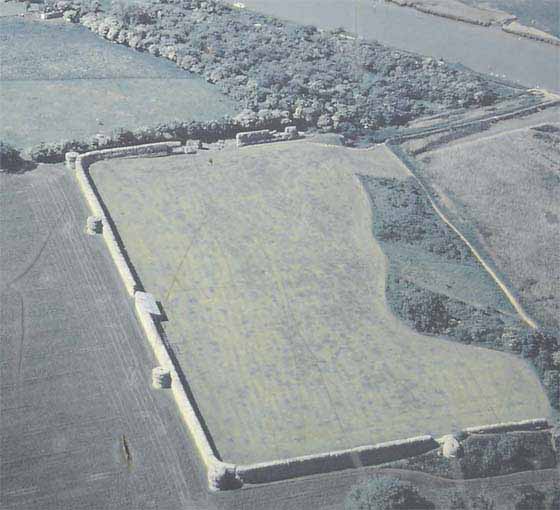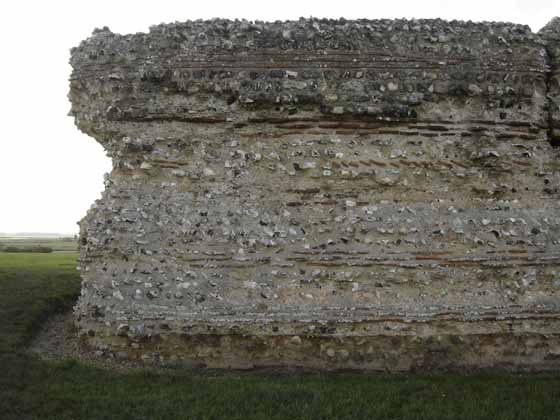Great Yarmouth History
The Romans - Fort Builders
The town of Caister-on-Sea was built by the Romans to handle trade between Germany and East England. The Romans recognised the military importance of Caister-on-Sea and built a stone fort to protect the town from incursions by the Saxons.

In the 3rd century another fort was built named Gariannonum and is located at what is now known as Burgh Castle. Because of the close proximity to each other these forts could offer mutual support when the need arose. These forts were part of a chain of forts which the romans built from the Wash to the Solent to protect south-east England from raids by continental tribes.
The walls Gariannonum still stand today and it is a massive structure, which gives some idea to the importance the romans gave to the region. The fort covers a huge area of seven acres. Three walls remain, the fourth having disappeared down the slope towards the River Waveney. The walls are made of flint, a locally found material bound together with layers of tiles to add strength.

Gariannonum was much nearer to the sea in the time of the Romans and being located on a hill at the confluence of the River Waveney and the River Yare it provided an ideal location to halt any raids by Saxons which may have threatened Roman Norwich. The fort housed a garrison of cavalry which could ride out to face any incursions along the nearby coast. A series of watchtowers were built to provide an early warning of approaching attackers.